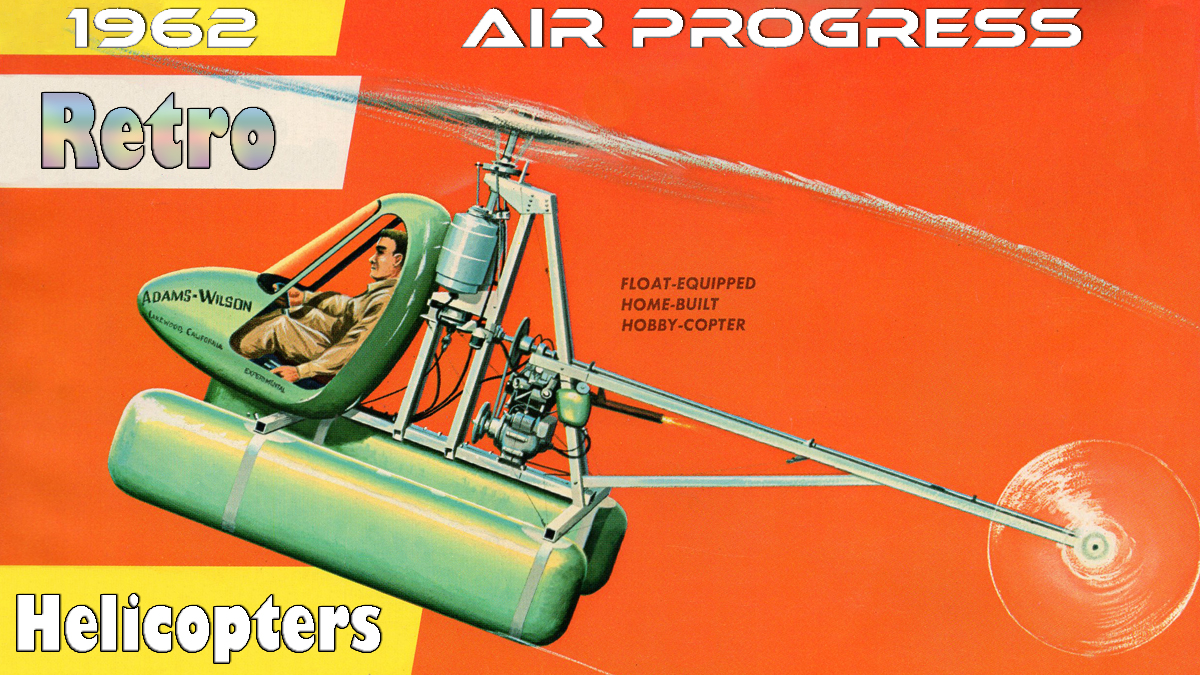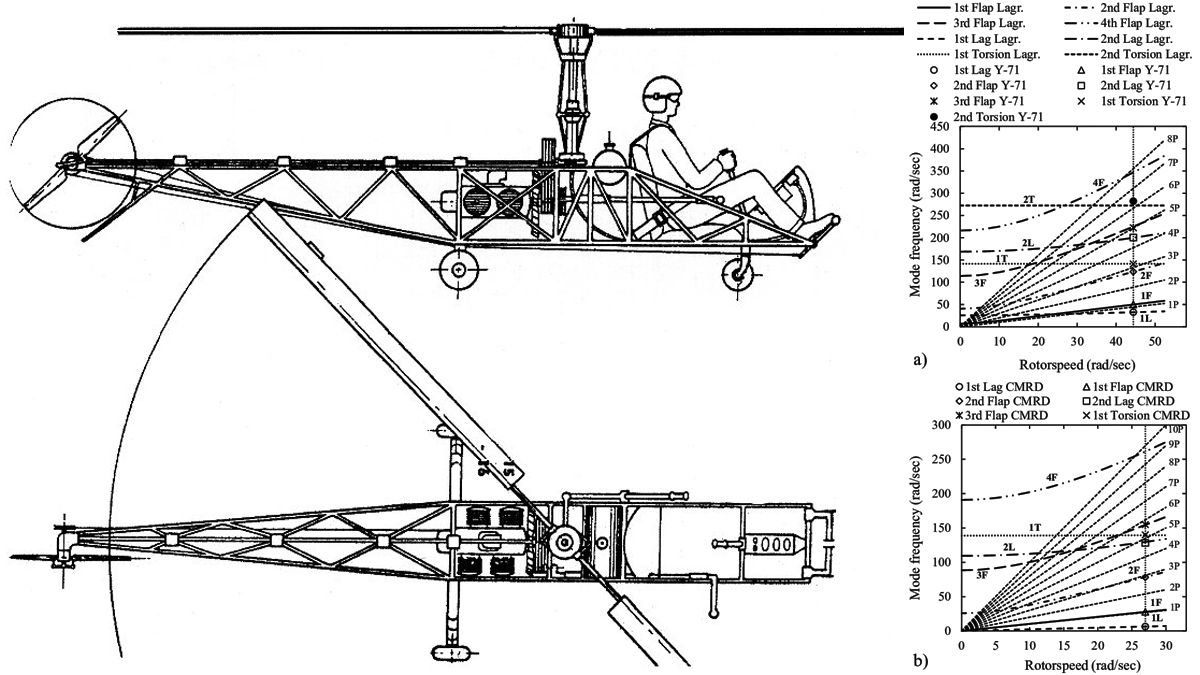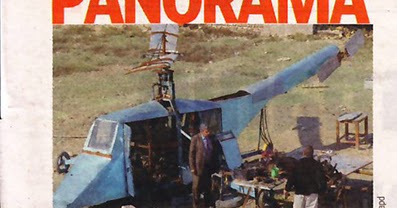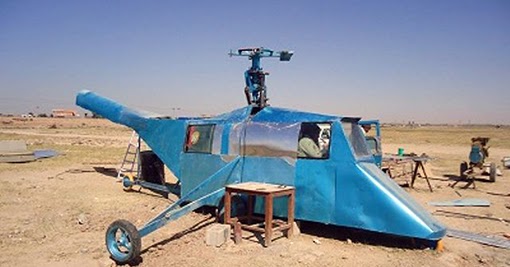- Joined
- 26 May 2006
- Messages
- 32,643
- Reaction score
- 11,822
Fluro was synonym for Flugroller

 www.redbackaviation.com
www.redbackaviation.com

 www.redbackaviation.com
www.redbackaviation.com
Krakov is Czech/Slowenic/Slowac for Kraków, a town in Poland.From Krila 1-2/1957,
I can't ID this two helicopters,the first was familiar,and they mentioned the world krakov,is that
mean Kharkov ?,who can help ?.
Dear Hesham,Hi,
please who can ID those helicopters;

Air Progress 1962 Helicopters
Being that the driving force behind many aircraft was the military, we take a now and then look at military helicopters and VTOL craft.www.redbackaviation.com

Determination Of The Center Of Gravity In Helicopters
There are many considerations when either designing a helicopter, or building a kit helicopter due to multiple variations including pilot weight. Center of gravity is one of the basic references every pilot should know.www.redbackaviation.com


The name is „Krila – magazin za mlad“ (= Wings – magazine for the Young)From Krila 1-2/1957,
I can't ID this two helicopters,the first was familiar,and they mentioned the world krakov,is that
mean Kharkov ?,who can help ?.
Right. I should have been more precise.Nope, ‘krak’ -noun (krakov-genitive) has several meanings. It is a.) frogfoot b.) improper use for section of building or highway c.) (rotor) blade but only with regard to the part of helicopter. Blade as section of the knife or object itself is named differently.
The one from the pic no 4 it is a Murray T by Mr Murray - browse the links on that page: https://rotorcraft.info/frontend/rotorcraft/index.php?rt=4&a_nid=645Hi,
please who can ID those helicopters;

Air Progress 1962 Helicopters
Being that the driving force behind many aircraft was the military, we take a now and then look at military helicopters and VTOL craft.www.redbackaviation.com

Determination Of The Center Of Gravity In Helicopters
There are many considerations when either designing a helicopter, or building a kit helicopter due to multiple variations including pilot weight. Center of gravity is one of the basic references every pilot should know.www.redbackaviation.com
The Murray Model T helicopter is the brainchild of Colorado Inventor, Arthur Murray. An electrician by trade and a former B-17 pilot. Murray built this helicopter in the late 1960s. He later built a more advanced version and named it the Model A. In 1974 Murray registered the Model T with the FAA, making it the first registered homebuilt helicopter in the state of Colorado.
Both the Model T and later Model A home made helicopters were test flown by Murray to test various parts and equipment that were installed on each aircraft. Murray flew both aircraft near south Santa Fe Drive in Denver in the open fields. Never flying above twenty foot or traveling more than a mile from his starting point, Murray estimated that he was able to fly at 50 mph and at a maximum height of 150 feet.
Murray used parts from various helicopter and aircraft hulks he found in the state. The landing skids and tail boom are from a Hughes TH-55 helicopter. Murray used the little Hughes as the basis for his Model T helicopter because of its ruggedness, simple design, and it was easy to find parts.
The US Army used the TH-55 helicopter as its main training helicopter from 1964 to 1934. The little helicopter was rugged, but some students were better at crashing them than landing the helicopters. This meant that spare parts and hulks were readily available for Murray to use in his initial design.
Other parts of the Model T came from many different sources: Volkswagen, Hoover, and even Budweiser! Never one to waste parts or think inside the box, Murray gleaned parts from where ever he could. Look closely behind the instrument panel and you will see that one of the instruments are held in place with a cut off Budweiser beer can. The Murray family donated both the Model T helicopter and the Model A helicopter to Wings Over the Rockies Air and Space Museum as a tribute to Arthur Murray and his inventiveness.
Model T Helicopter Specifications
Weight Approximately 800 pounds [363 kg]
Height 7 feet 11 inches [2.413 m]
Length 28 feet 11 inches [8.8138 m]
Rotor Diameter 25 feet [7.62 m]
Maximum Speed Approximately 50 mph [~80 km/h]
